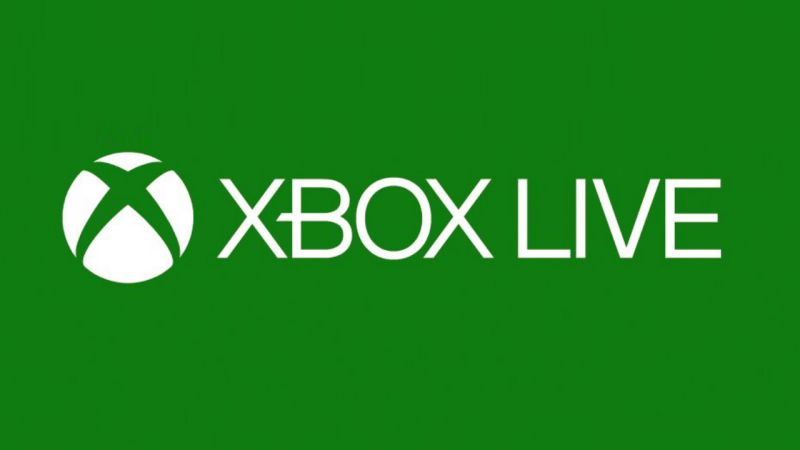Xbox Live is a service that allows users to play multiplayer video games and stream digital content over the internet.
You may access Xbox Live on your Xbox, Windows PC, or Windows Phone. Microsoft provides the service Xbox Live, which costs money each month.
Why is Xbox disconnecting from Xbox Live
Short Answer: Xbox is disconnecting from Xbox Live because of poor network, your NAT type is not open, you have connected third-party headsets, there is interference from other wireless devices, or your firewall settings is creating the issue.

How to fix Xbox disconnecting from Xbox Live
However, despite Xbox’s widespread popularity, the platform is not without its share of flaws. Many users have reported that they have been disconnected from Xbox Live for brief periods, only to reconnect after a few seconds.
If you’re having the same problem, your console may require a network reset or a simple system refresh. In addition to those techniques, you can also try the alternatives that have been detailed below:
Method 1: Reboot your console and network hardware
If you need to reset your device, here’s how to do a power cycle:
You should unplug the router, modem, or gateway’s power cord from its rear. Turn off both your modem and router by pulling the plug on the power cord.
- Step 1: Open the guide by pressing the Xbox button.
- Step 2: Click on Settings.
- Step 3: Click on Restart console.
- Step 4: Click on Yes to confirm.
If the system won’t load the manual or seems to be frozen, try powering it down by pressing and holding the Xbox button for 10 seconds. In order to restart the console after it has shut down, you must press the Xbox button once again.
Please be patient for the next five minutes. Simply plugging in your router and waiting for the lights to reset is the standard procedure for anyone making use of such a device. Check to see if the same connection issue persists after plugging in the remainder of your devices.
Method 2: Power Down your console entirely
Power down your console by disconnecting it from the wall outlet for at least 5 minutes. By doing so, you may be confident that any data that might be causing these difficulties has been removed from your Xbox’s RAM.
Method 3: Ensure your NAT type is open
The status of your NAT type is also another thing you should take under consideration. Please verify your NAT type is open, since this may create interference. Here are the steps you may take to determine your NAT type:
- Step 1: Go to Settings.
- Step 2: Click on Network Settings.
- Step 3: Select NAT type.
- Step 4: Make sure it is open.
If your NAT type is closed, you may need to request that your internet service provider open ports. To use Xbox Live, you must allow transmission across the following ports: Port 88 (UDP) Port 3074 (UDP and TCP) Port 53 (UDP and TCP) Port 80 (TCP) Port 500 (UDP) Port 3544 (UDP) Port 4500 (UDP).
Method 4: Reset your console
It is recommended to conduct a console reset if the problem remains after trying the previous steps. If you want to reset your Xbox, these are the steps you need to take:
- Step 1: Go to Settings
- Step 2: Click on System
- Step 3: Choose the option Console Info
- Step 4: Click on Reset This Xbox
- Step 5: Select the option Reset and Keep my Games and Apps.
The “Reset and Keep my Games and Apps” option will not cause you to lose any of your games; however, you should be aware that in order to use this option, you will be required to sign in to your account, so you should be completely familiar with both the email address and password associated with your account before attempting to use this option.
Method 5: Check your firewall settings
Especially if you have recently upgraded your router or gateway, it is possible that the firewall settings on these devices are blocking your Xbox from connecting to Xbox Live.
Access the firewall options on your device and try turning them off to see if it helps.
Method 6: Disconnect third-party headsets
Due to the fact that they broadcast on the same frequency as wireless routers, third-party wireless headphones have the potential to cause active interference.
Disconnect the power from the base station of the wireless headset, and then check to see whether the connection problem you were having is resolved after doing so. This will help you determine whether or not the headset is the source of the issue.
Method 7: Check for other wireless interference
Microwaves, ovens, air conditioners, cathode ray tube TVs, wireless headsets, baby monitors, other wireless networks, cordless phone systems, and wireless speakers are all common sources of active interference.
A further source of wireless signal attenuation and diffraction is passive interference. When trying to enhance wireless signals, it’s generally helpful to move the devices outside of entertainment cabinets or workstations or to relocate the console or router to reduce passive interference.
Method 8: Verify that the networking cable is working
Disconnect the Xbox’s and the router’s Ethernet cables (your modem, router, or gateway). If you want to connect your Xbox to your router through a network cable, you need to choose one that isn’t the one normally used.
Now, you have to test your Xbox Live connection by following the steps given below:
- Step 1: Press the Xbox button to open the guide.
- Step 2: Click on Settings.
- Step 3: Click on All Settings.
- Step 4: Click on Network.
- Step 5: Click on Network settings.
Any known outages will appear in the middle of the screen.
- Step 6: Choose Test network connection from the screen’s right side.
If the error message does not appear, the faulty network cable was likely the cause.
Method 9: Contact your Internet Service Provider
A lot of times there is noise in the cabling and your service provider can schedule a tech visit to come replace the cabling, and check the tap to make sure everything is secure and tightly fitted.
Follow us on Twitter & like our Facebook page for more post-updates.

Abhigyan identifies himself as a tech geek, gaming cognoscenti, and also a connoisseur of music. Unidentified and mysterious phenomena never fail to gather his undivided attention. When not reading about bizarre and perplexing entities across the Universe, he can often be found cheering for his favorite teams in Football.

